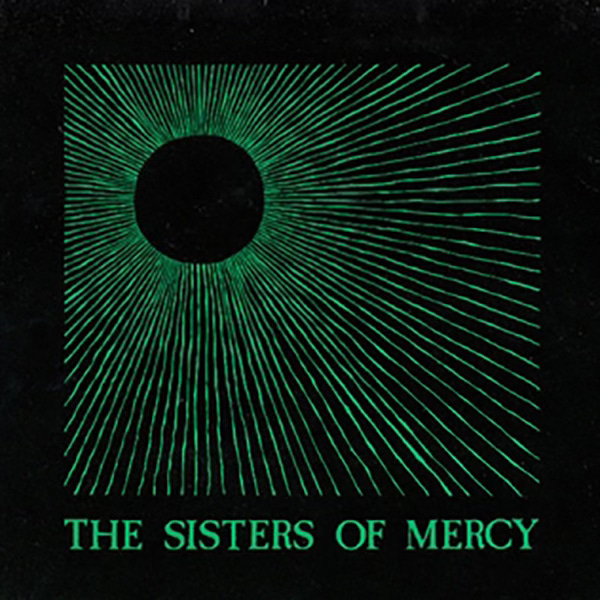🕯️ Temple of Love: How the Sisters of Mercy Brought Gothic Shadows to the Dancefloor
The Twelve Inch 183 : Temple Of Love (Sisters Of Mercy)
In just a few weeks Halloween will be here, and when it comes to picking the perfect party soundtrack, few genres fit better than goth. Think pale performers in black lace and leather, a touch of the macabre, and vocals that sound like they’ve drifted back from the grave, no other music feels quite as at home with the spooky season.
This week’s pick, “Temple of Love”, was an underground dancefloor staple in 1983. I carried it with me everywhere I played. The moment I saw a group of black-clad kids heading toward the booth, I already knew what they were going to ask for. At the time, I didn’t quite grasp the allure of goth, but over the years I’ve learned to appreciate it, especially through the later work of two of the scene’s most enduring names: The Sisters of Mercy and The Mission.
This week, we’ll focus on the former, revisiting their first big underground hit, a track that would (in a remix version) also be their last.
So, dust off your black gear, and let’s dive in.
Keep reading with a 7-day free trial
Subscribe to The Twelve Inch to keep reading this post and get 7 days of free access to the full post archives.


